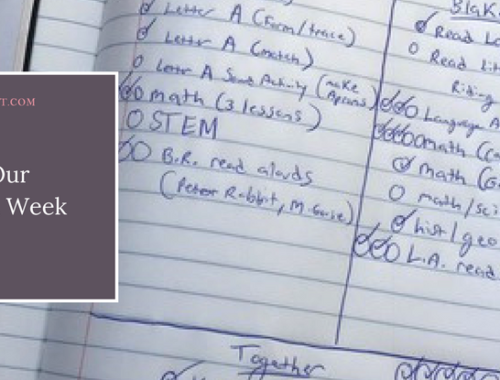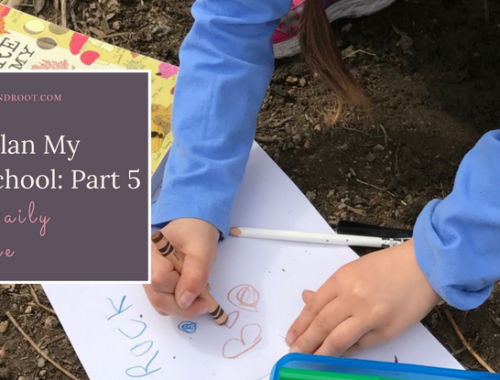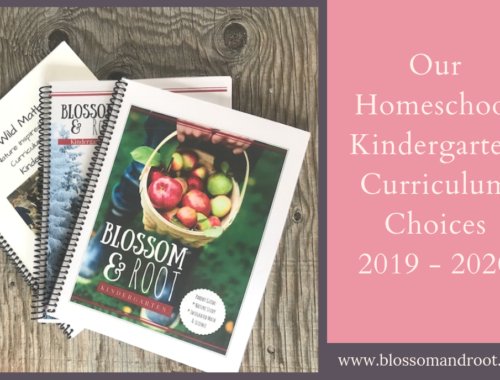Welcome to part two of my homeschool planning series in which I attempt to write many words describing a painfully simple process. (If you missed Part 1: Big Picture Planning, click here to read it!) Once again, I want to throw it out there that this is not a post for people who need beautiful planners, loads of cute stickers, and marathon planning sessions drafting out the details of every week of the school year. No. This is a post for people who want to get the job done quickly and without stress, and who need a lot of flexibility in their homeschool year.
In my last post, I mentioned that I divide most of our subjects into two categories: “units” and “do the next thing.” This post is all about how I plan those “do the next thing” subjects–the ones that we cover with a systematic resource or curriculum that moves in order from lesson-to-lesson or topic-to-topic. For example, we will be using Singapore Math for the foundational material for first grade mathematics. That curriculum is meant to be done in sequential order, one lesson after another. Therefore we will be covering the foundational aspect of mathematics with a “do the next thing” approach.
Here’s how I plan our “do the next thing” subjects:
(You may want to take notes…just kidding this is ridiculously easy.)
- I open the curriculum or resource I am going to use.
- I find the first lesson we will start with.
- I put a sticky note there.
- If the resource has more than one book, like a parent guide, lab book, and student notebook for example, I put sticky notes in each of these.
- When we finish that lesson, I move the sticky note to the next page.

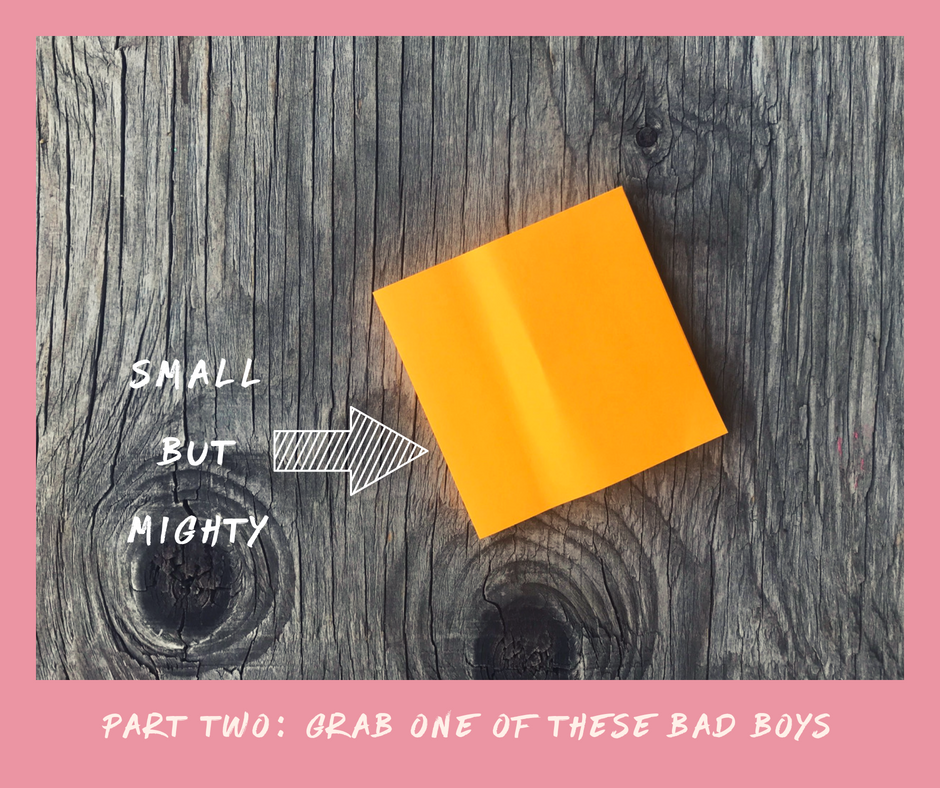

The. End.
There really isn’t any more to it. No, I don’t do math and work backwards to figure out how many lessons we’ll have to do in a week to finish the whole thing by the “end of the year,” which is not a set date for us but more like a feeling. I really don’t care. Maybe we finish it in February because my daughter’s eating it up and can’t get enough. Maybe we carry it into next year because we wanted to take our time playing where things really spoke to us, or where my daughter needed more before she really “got it.” I really have no need to wrap things up neatly in a 36-week, or even a 43-week package. That’s stressful to me, and unnecessarily structured for our style of homeschooling.
The only “do the next thing” subject that differs from this method is writing mechanics, for which we use Brave Writer Quiver of Arrows (and maybe some Arrows.) Instead of moving down a list, we are moving through various guides. Each guide is broken into four weeks, but we think of them rather in four stages, because we do not always finish each “week” in a week. So instead of “week 1” I think: stage 1. Again, I employ a trusty sticky note to hold our place in the guide. We move on to the next stage once we finish the first. When we finish the whole guide, we choose another one.

So, that’s it. That’s how I plan “do the next thing subjects.” (I told you in my last post that my planning method is anti-climatic and I meant it lol.)
Here are the subjects we cover with this method:
- Reading and literature
- Math (foundations…we add a lot of games and extras in too)
- Writing mechanics and literary elements
- Spelling
- Growth mindset journaling
- Science
- Nature study
- Art
In my next post, I will dive into the other main planning method we use (for subjects for which we have chosen not to use a structured, sequential curriculum.)
I will be sharing all of the curricula and resources we have chosen for first grade and pre-k for 2018-2019 in August. If you don’t want to miss those posts, please sign up for our newsletter in the sidebar.
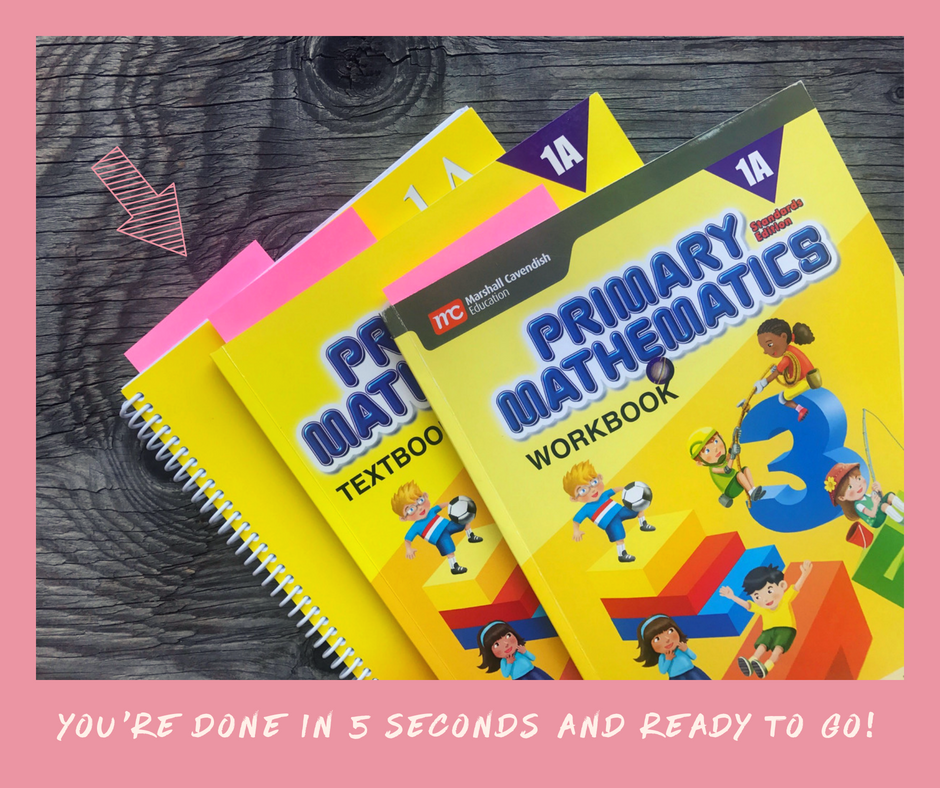
Get Your FREE Trial Issue of Book Seeds By Blossom & Root!

This FREE issue, inspired by the book The Three Sunflowers by Janet Lucy, includes two weeks of activities including nature study, STEAM, art project, recipe, and exploring language and poetry. Suitable for ages 3 - 8. Grab yours today!


